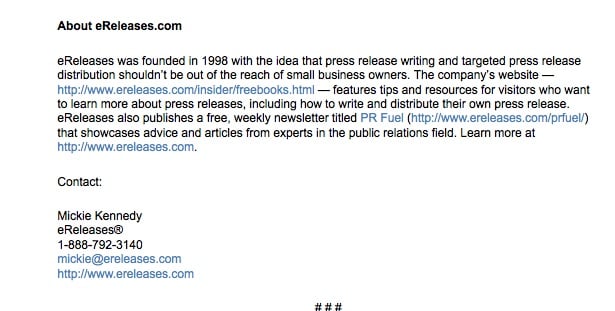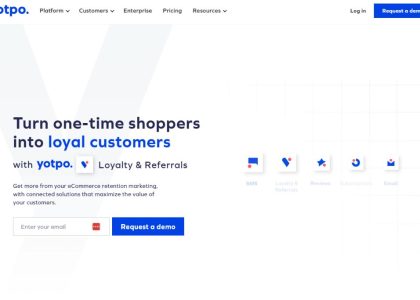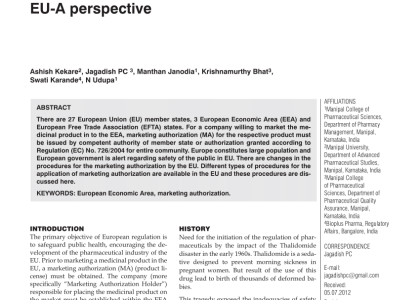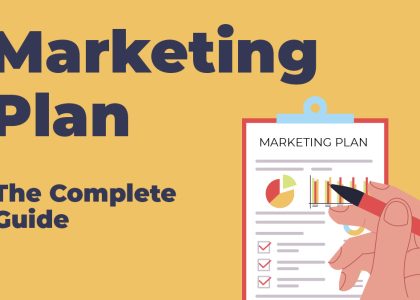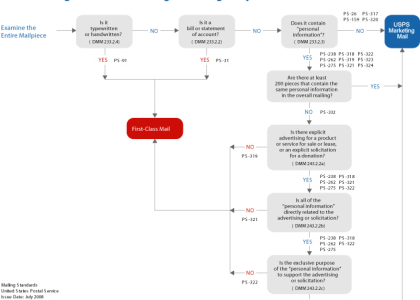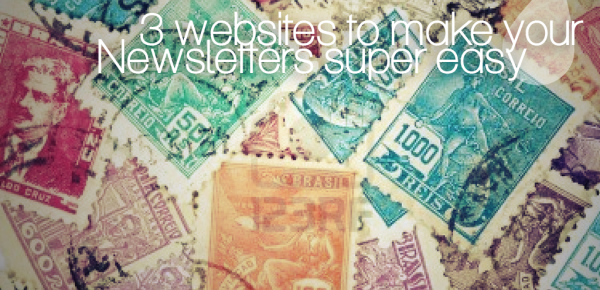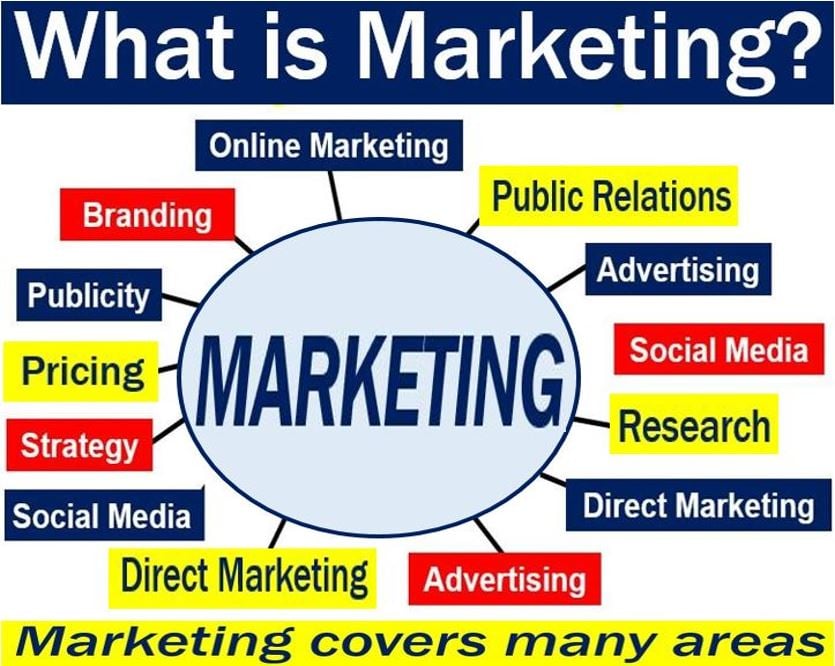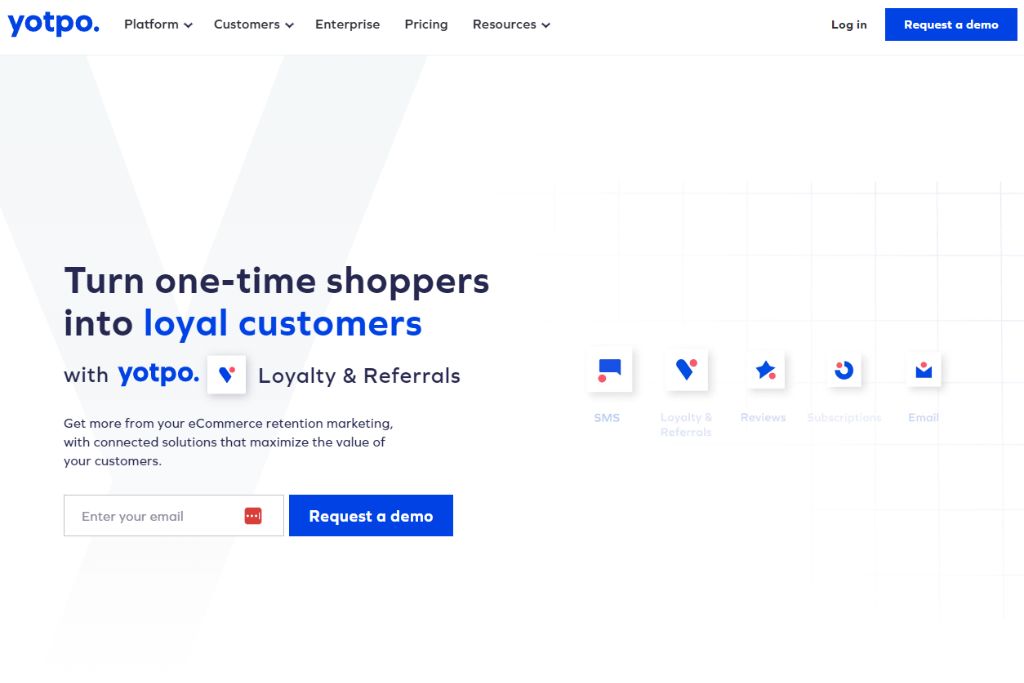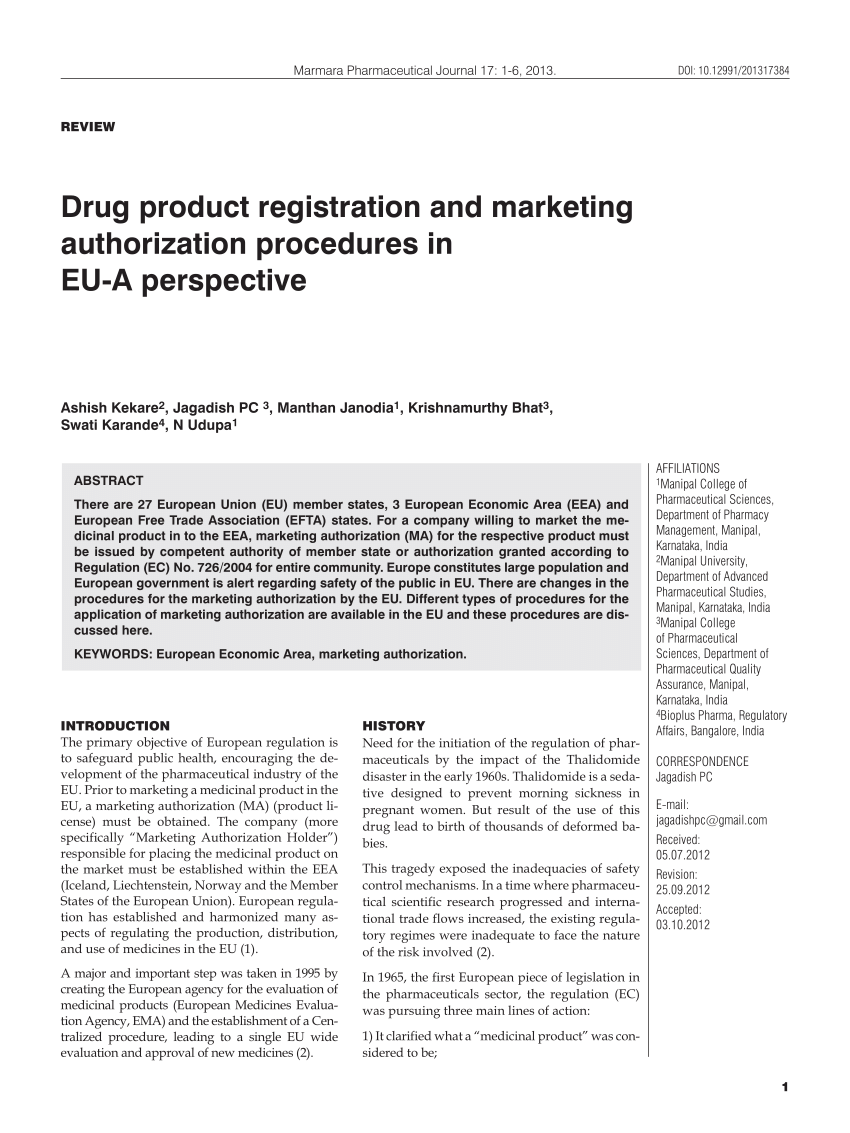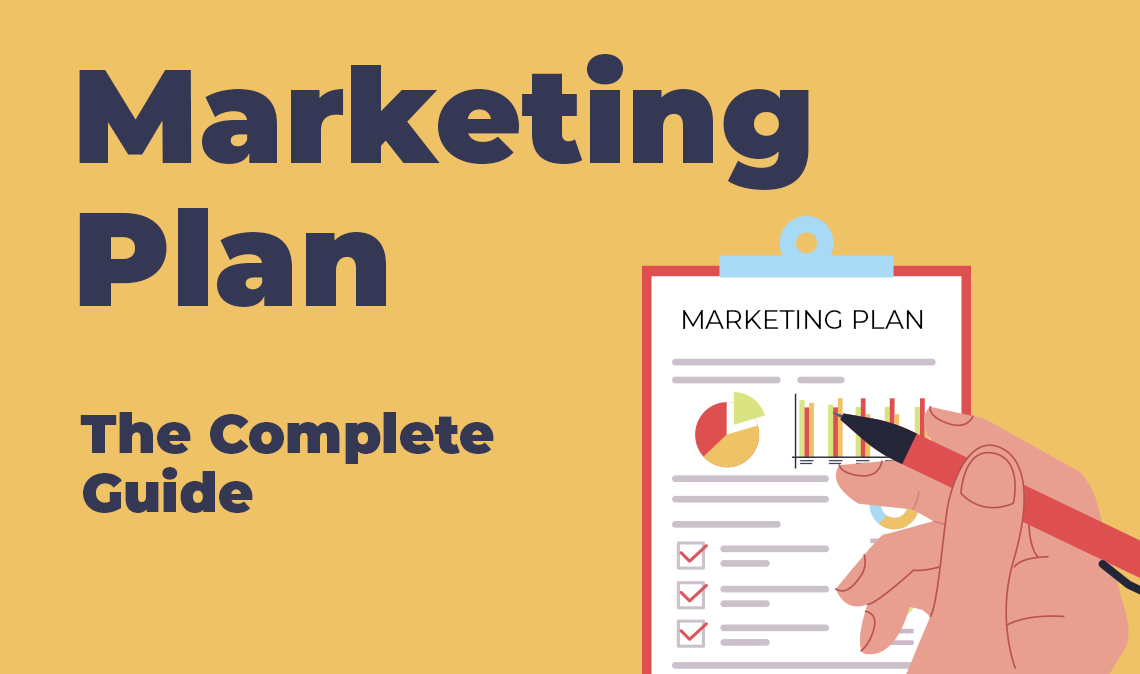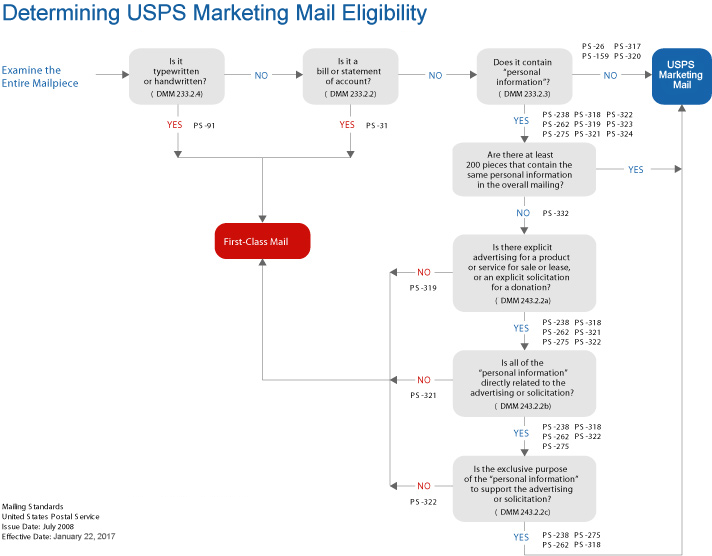The language of marketing is full of specific jargon and terminology, and one term you may encounter is ‘boilerplate’. This term isn’t exclusive to the field of marketing, but it plays an essential role here, and understanding its usage is critical for anyone operating in this sphere.
At its most basic, the boilerplate concept refers to a standard, reusable text used across multiple documents or projects. These may be press releases, communication materials, or various other forms of official documentation. In the realm of marketing, it tends to have a slightly varied interpretation. So, what does ‘boilerplate’ signify in this context, and why is it significant? This article aims to unpack this concept, shedding light on its relevance and utilization within the world of marketing.
Understanding these concepts requires a deeper dive into the nature of marketing itself. The field of marketing is evolving constantly, and concepts like ‘boilerplate’ are a vital part of keeping communication streamlined, genuine, and effective. Hence, the knowledge and proficient use of the boilerplate mechanism can be significantly beneficial for professional growth within this field.
To truly grasp the importance of boilerplate in marketing strategy, we need to delve into specifics. This article discusses what boilerplate is in marketing, how it is used, and why it is essential in creating effective marketing strategies. Get ready for a comprehensive understanding of this critical aspect of marketing.
Deciphering the Concept of Boilerplate in the Marketing Landscape
In the realm of marketing, the term ‘boilerplate’ represents a standard, reusable piece of content that is commonly incorporated in multiple documents or sections of communications. The main role of the boilerplate is to maintain a consistent company voice and messaging in all of its materials, from press releases to product descriptions.
Identification of Boilerplate Content
Identifying a boilerplate is achieved by spotting repeated content appearing across various marketing materials and channels. It’s a “copy and paste” section of information about the business or its offerings, which doesn’t undergo many modifications. Typically, the boilerplate consists of highly relevant details about the business, including its mission, values, certifications, and contact information.
A well-crafted boilerplate not only instills consistency but also helps in establishing the brand identity and value proposition. Despite being a small section of the content, it holds significant value in reinforcing the brand’s message and positioning.
Utilizing Boilerplate in Marketing
Remember, a boilerplate is not merely for filler. It can act as a versatile tool in the hands of marketers. Here are some ways it is utilized:
- The boilerplate can serve as a brief company bio in press releases to present the company background to journalists and readers who are not aware of the company.
- It can also be used in product literature and brochures to provide concise information about the business.
- Another popular use is in the ‘About Us’ section on websites to quickly and succinctly present the company to visitors.
- Emails and newsletters also often include the boilerplate content to reinforce the company’s identity and values to recipients.
In conclusion, the boilerplate is a powerful tool in executing a successful, consistent marketing strategy. A properly curated boilerplate not only ensures uniform representation of the brand but also aids in strong brand establishment and recall.
The Evolution of Standardized Text in Promotional Techniques
The use of standardized text in promotional techniques, now known as boilerplate, has an intriguing history. This versatile tool has been an integral part of the marketing industry for decades and its origins date back to the late 19th century.
In the early years of its use, pre-fabricated content or boilerplate was associated primarily with the print industry. Media agencies crafted blocks of standardized text about a company, product, or event which could be easily inserted into multiple press releases or news stories. This saved significant time in an era when news was manually set type for printing presses.
- Newspapers: Pre-made text portions were first widely used by newspapers – this is where the term ‘boilerplate’ comes from. These metal plates were distributed to multiple smaller newspapers, allowing the same story to be printed nationwide. Because these plates were durable and could withstand the high print press temperatures, they were likened to steel parts used in constructing steam boilers, hence the term ‘boilerplate’.
- Press Releases: The use of boilerplates became widespread in the public relations sphere in the form of press releases. These pre-written summaries about a company or organization were, and still are, included at the end of press releases to give journalists easy-access background information.
- Online Marketing: The advent of the internet age transformed the way boilerplate text was used. Web developers now frequently use boilerplate code when creating new webpages or websites.
Over time, the nature of standardized text has evolved, as has its application within diverse industries. Its usage in the digital world, especially in SEO and coding, is evidence of the versatility and timelessness of this marketing tool.
In conclusion, boilerplate’s application in promotional strategies and other communication forms has stood the test of time. Despite the continual evolution of marketing techniques, the use of boilerplate demonstrates that simplicity, convenience, and efficiency never go out of style in the realm of promotions.
The Significance of Using a Standardized Text in a Marketing Game Plan
The utilization of a standardized text, often referred to as “boilerplate,” plays a crucial role in a well-rounded marketing strategy. Incorporating this element into a firm’s promotion efforts allows companies to maintain consistent messaging, enhance brand recognition, and heighten the effectiveness of communication.
Mainstreaming Brand Message
Employing a single style text is an efficient method of delivering a consistent brand message. Having a concrete, primary message throughout all official documents and releases, reinforces a firm’s core values and mission. This leads to more potent communication and profound brand awareness among the target consumers.
Boosting Brand Recognition
A boilerplate also serves as a tool for improving brand recognition. By reiterating the corporation’s foundational information—its purposes, services, achievements, and unique selling points—on all its communications materials, the brand’s identity and image become more established and recognizable. Over time, this standard information becomes synonymous with the brand, augmenting overall recognition and recall.
Improving Communication Efficacy
Lastly, standardized copy can enhance the effectiveness of organizational communication. Since the content is concise and informative, customers can quickly understand the company’s nature and offerings. It also helps media representatives and potential investors grasp the business’ key information without combing through extensive materials.
In conclusion, the boilerplate is a potent tool within a marketing strategy. Its use ensures consistency, boosts brand recognition, and enhances communication, ensuring that customers and stakeholders alike have easy access to the fundamental details about an organization.
Crucial Components of a Productive Standardized Text in Marketing
Standardized texts, known as boilerplates, are commonly utilized within the marketing domain. To ensure such boilerplates are efficient and impactful, it is essential to acknowledge and incorporate several key elements.
Fundamental Details About the Organization
Initial key components consist of fundamental details about the organisation. These include the mission, vision, and values of the company. It’s essential to emphasize the unique selling proposition (USP) of the company. Accurate details about the organisation help in developing credibility and trust.
Link to the Company’s Website
A link to your company’s website is an indispensable part of a good boilerplate. It acts as a direct portal for your readers or potential clients to learn more about your company. Including a link takes a reader just one click, and they reach the virtual doorstep of your company.
Current Contact Information
Providing accurate and current contact information increases accessibility for journalists, partners, and customers, which in turn promotes business relationships and networking opportunities. This information primarily includes emails and telephone numbers for direct contact, but it can also feature office addresses.
Awards or Milestones
If your company has notable awards/recognition or significant milestones, incorporating them into the boilerplate can build an image of an accomplished and established business. They provide tangible proof of your company’s credibility and competence.
Standardized Text Length
Keeping the length of the boilerplate text under control is also crucial. A concise, to-the-point text written within 100-150 words is considered the most efficient. The idea is to deliver as much information as possible in as few words as possible.
List of Crucial Components
- Fundamental details about the organization
- Link to company’s website
- Current contact information
- Awards or milestones
- Standardized text length
Steps to Craft an Exceptional Marketing Boilerplate
A marketing boilerplate is your organization’s chance to inform the world about who you are and what you do — and you only get a few sentences to do it. This compact, yet rigorous information is conventionally placed at the end of press releases and serves as sort of a footnote to give reporters a quick snapshot of your company. Crafting an exceptional marketing boilerplate requires a series of salient considerations. Here are some steps to help you create one that stands out.
Understand Your Brand and Audience
Knowing your identity is vital. Begin by asking key questions – What does your company do? Who do you serve? What is your company known for? These answers should help to create a picture of what your company stands for. Also, understanding your target audience is crucial. Knowing who you are speaking to helps to tailor your message to the preferences, interests and issues that resonate with your audience.
Keep It Short and Precise
A boilerplate should not be unnecessarily lengthy. Remember, your aim is to convey key information in a compact manner. As a guide, aim for a length between three to five sentences. This should be enough to present your key points.
Include Key Information About Your Company
Your boilerplate should include basic details such as your company name, the products or services you offer, your location and how long you have been in business. This information offers a snapshot of your company that can be easily understood by anyone.
Focus on Your Unique Elements
The unique selling proposition (USP) makes your business stand out from your competition. Incorporate aspects of your USP into the boilerplate to make it memorable and attention grabbing.
Update Regularly
An effective boilerplate is not a set-it-and-forget-it task. It needs to be updated regularly to reflect any changes in your company, such as a new product line or change in management.
Get Feedback and Revise
Have others review your boilerplate — they may see areas for improvement that you might have overlooked. Based on it, you can revise and refine your boilerplate for better communications.
A Handy Guide to Utilizing Standard Text in Digital Marketing Channels
In the sphere of digital marketing, standardized copy, also known as boilerplate, is a vital weapon in a brand’s arsenal. This quick guide aims to outline its practical application across various online marketing platforms.
Upgrading your boilerplate for digital channels
The transition from conventional to digital marketing channels demands a revamp of your boilerplate text. In digital marketing, the emphasis is on how effectively your messaging can secure visibility and engagement. Therefore, your boilerplate should reflect your brand’s unique value proposition and distinctive voice, along with providing essential details about your business.
- Brand websites: Your boilerplate can be neatly inserted in the ‘About Us’ section, your homepage footer or within press releases published on your site.
- Emails: Make use of standardized copy during email marketing. It guarantees your messaging is consistent and doesn’t miss any significant business details.
- Social media: Platforms like Linkedin, Facebook, and Instagram allow you to integrate your boilerplate in profile descriptions or post captions, boosting brand familiarity.
It’s also crucial to comprehend the role of SEO within your boilerplate. Keywords relevant to your business can be subtly included to advantageously impact search engine rankings. However, this should not compromise the natural flow and readability of the text.
Remember, a well-crafted boilerplate not only offers information, but also provides a narrative – a compelling story about your organization. This storytelling element helps to establish a connection with your audience, convert leads, and foster customer loyalty.
| Channel | How to use boilerplate |
|---|---|
| Brand websites | Integrate in ‘About Us’, homepage footer or press releases. |
| Emails | Include boilerplate in signature line or within the body of marketing emails. |
| Social media | Use in profile descriptions or post captions. |
Tailoring the use of standardized copy as per specific digital channels can significantly step up your branding game. Undoubtedly, this consistency and clarity hinge on a well-developed boilerplate. So, take time to create, refine, and optimize your standardized text effectively.
How Boilerplate is Linked to a Company’s Brand Identity
The link between boilerplate content and a business’s brand identity cannot be overstated. A company’s boilerplate, a standard block of text used in various communications, serves as the cornerstone of the brand’s message. This often overlooked section of a marketing toolkit speaks volumes about a brand’s mission, vision, and core values.
Consistency is Key
Consistency in the use of boilerplate text is crucial. Since it’s used across multiple platforms and in numerous legal documents, press releases, and promotional materials, it bears repeating. This repetition aids in shaping the public perception of the brand. When a company communicates with a uniform message, it helps to cement its brand identity in the minds of consumers, enhancing recognition and recall.
The Role of Press Releases
Within the realm of public relations, press releases are the perfect avenue for boilerplate content to shine. This obligatory snippet at the end of a press release offers a concise explanation of a company’s essence. Aside from stating what the company does, it strategically condenses the key elements integral to the brand’s identity. Moreover, it also places the spotlight on the firm’s achievements or recognitions, playing a crucial role in promoting the brand’s image.
- The boilerplate should articulate the business’s unique selling proposition (USP).
- It should lay out the brand’s value proposition in a clear and streamlined manner.
- The text should incorporate the company’s mission statement or any salient points that would help differentiate the brand from its competition.
Boilerplate content, when used strategically, serves as the foundation of brand communication and public recognition. It’s a powerful tool that can significantly influence how a brand is perceived, aligning all marketing efforts and ensuring a strong, consistent brand identity.
Avoiding Mistakes in the Composition of a Marketing Boilerplate
Mastering the creation of a marketing boilerplate comes with its hurdles. Just as it’s crucial to incorporate necessary elements in it, it’s equally important to avoid specific pitfalls that might undermine its effectiveness. Below are some of the common blunders made during boilerplate development in marketing.
1. Inclusion of Irrelevant Information
One of the most commonly witnessed errors in the crafting of a marketing standard text is the presence of unnecessary data. A business’s boilerplate is a brief narrative describing its essence thus, including irrelevant content may confuse potential customers or stakeholders. Your company’s boilerplate should stick to facts and steer clear from subjective content. Stick to what’s truly essential.
2. Lack of Contact Information
Another typical pitfall is failing to include contact information. It’s essential to ensure that individuals interested in your business have a way to reach you. Therefore, the essentiality of having updated contact information within your boilerplate can’t be overlooked.
3. Overly Complex Language
The use of intricate language is another common mistake. While it’s crucial to demonstrate professionalism, the use of jargon may make your boilerplate hard to understand. The language should be universally understandable.
4. Ignoring the Importance of Updates
Finally, not regularly updating your boilerplate is a drastic mistake. As the business evolves, its summary should too. Keep the information present in your boilerplate up-to-date and relevant to depict your business’s current state.
In summary, to optimize your boilerplate’s impact, close attention should be paid to avoid these common mistakes. A successful boilerplate is brief, factual, includes accurate contact information, uses simple language, and is frequently updated.
Noteworthy Instances of Effective Utilization of Standardized Texts in Marketing
Standardized or often repeated texts in marketing, colloquially known as boilerplate, have become an omnipresent tool in the hands of marketers. Here are some examples from the real world where the use of such repetitive texts has proven to be successful.
Apple Inc.
The technology giant, Apple Inc., uses its boilerplate to highlight its mission and accomplishments. The standardized text indicates its impact on the world through groundbreaking gadgets like iPhone, iPad, and MacBook. It is a strong, concise statement that paints a clear picture of the brand’s identity.
Google LLC
The tech behemoth Google uses its standard text to shed light on its goal, which is to organize world’s information and make it universally accessible. It also mentions the wide array of services the company offers, showcasing the brand’s breadth.
Coca-Cola
The global beverage company, Coca-Cola employs their boilerplate text to stress its rich history, international presence and portfolio of leading brands. Thus, putting forth a sense of reliability and time-tested quality.
Unicef
The international humanitarian organization Unicef emphasizes its role as a protector and advocate for children worldwide in their standardized text. The text underscores the noble cause they are associated with, creating an emotional appeal.
All of these cases demonstrate the profound impact a well-crafted, repetitive text can have in showcasing a company’s identity. Regardless of the industry or size of the company, this tool can be wielded effectively to highlight brand ethos and establish a lasting impression.
Improving Search Engine Optimization of Boilerplate: Key Strategies
Successfully leveraging boilerplate for search engine optimization (SEO) purposes can be the key to increasing your brand’s online visibility. However, this requires a deep understanding and effective implementation of SEO techniques in the boilerplate text. Here are some essential tips that can help make your boilerplate SEO-friendly.
Succinctly Describe Your Brand and Purpose
It’s crucial to point out the brand’s purpose, unique selling points, and advantages in your boilerplate which will not only engage your target audience but will also have a positive impact on your SEO. Emphasize on your core competencies and include relevant keywords to amplify your brand’s search ranking. However, remember to ensure that the use of keywords is organic and fits seamlessly into your description. Keyword stuffing could make your content seem inauthentic and can be an SEO red flag.
Link to Your Main Website
Another beneficial strategy is linking back to your brand’s primary website. This shares the SEO value and drives organic traffic. However, be mindful to set these links accurately. Prohibitively long or short, broken or redirecting links can negatively impact your brand’s SEO score.
Update Regularly
Google and other search engines rank new, relevant content highly. Hence, it is necessary to keep your boilerplate text updated. Antiquated or incorrect data not only decreases your SEO score but could also harm your reputation with your audience.
Here is a checklist to help you create a SEO-friendly boilerplate:
- Include Basic Information: Business Name, location, and contact details.
- Add Significant Keywords: Ensure your boilerplate text is packed with relevant keywords about your brand and its offerings. But, remember, quality over quantity.
- Embed a Link: Incorporate the link to your primary website in your boilerplate. However, aim for a natural integration.
- Keep It Updated: Revise your boilerplate at regular intervals to maintain its freshness and relevance.
Incorporating these tips into your boilerplate ensures that your brand stays relevant and visible to your target audience. With these strategies at hand, take your boilerplate from a mundane paragraph to a powerful, SEO-optimized brand statement.
Anticipating the Upcoming Shifts in the Use of Standardized Text in Marketing
At the forefront of business communication lies the repetitive, yet essential, use of tried and trusted textual elements within a company’s marketing efforts. Widely known as the ‘boilerplate’, its usage in marketing has proven to be vital in conveying the company’s essence effectively.
Projected Developments in the Use of universal text in Marketing
The perpetual evolution within the marketing sector is heavily indicating a transformative period for the utilization of these standardized textual elements.
In the era of personalization, the marketing world is tailoring every piece of communication to match with consumer’s personal preferences. Hence, an apparent shift from static to dynamic boilerplate material can be anticipated. Coporate statements, press releases and corporate details will be tailored to a target audience or particular stakeholders, while staying true to the core message.
Additionally, as Artificial Intelligence (AI) continues to gain traction, organizations are disposing of tedious marketing tasks in favour of AI-powered alternatives. As a result, the traditional use of boilerplate elements, one known for its rigidity, is due for a makeover. These changes can potentially result in the smarter utilization of marketing resources, making a company’s spiel versatile and reflective of the dynamic market scene.
- Dynamic adaptation of corporate message
- AI-driven personalization
- Scalability and flexibility of standardize texts across multiple platforms
However, the staple purpose of the boilerplate in providing concise info about a company in one place will remain. With these influencial waves of change, the future of the boilerplate in marketing looks promising with fortified dynamism and enhanced resonance with the stakeholders.
FAQ: What is a boilerplate in marketing
What is a company boilerplate, and where can you typically find it in a press release?
A company boilerplate is a short, concise description of the company that provides essential information about the business. It’s usually found at the bottom of a press release.
How do you write a press release boilerplate?
To write a press release boilerplate, include important information about the company like its mission, history, accomplishments, and services. Keep it succinct but informative, usually within 100 words.
Why is a boilerplate important for every press release?
A boilerplate in every press release ensures that essential information about the company is consistently communicated. It helps in reinforcing the brand image and providing context to the press release’s content.
Can you give a boilerplate example for a tech startup?
A boilerplate example for a tech startup might read: “XYZ Tech is an innovative startup specializing in cutting-edge AI solutions. Founded in 2020, we aim to revolutionize the tech industry with our advanced analytics and machine learning platforms.”
What are some tips for writing an effective press release boilerplate?
Tips for writing an effective press release boilerplate include keeping it short and sweet, highlighting specific information like achievements or unique selling points, and updating it regularly with relevant information.
Should a boilerplate include a call to action (CTA)?
Including a call to action (CTA) in a boilerplate can be effective. Encourage readers to follow a link to your website or social media profiles for more information or to engage with the company further.
How can a well-written boilerplate enhance a company’s content marketing efforts?
A well-written boilerplate can enhance a company’s content marketing by providing a consistent and compelling summary of the brand, which can be used across marketing collateral, like social media pages and marketing emails.
What type of information should you make sure to include in your company’s boilerplate?
In your company’s boilerplate, you should include key information such as the company’s founding date, mission statement, primary products or services, achievements, and contact information.
How can you create a boilerplate that reflects your brand image effectively?
To create a boilerplate that reflects your brand image, use language and tone that aligns with your brand, include your unique value proposition, and ensure it resonates with your target audience.
Is it beneficial to use the same boilerplate across all press releases?
Using the same boilerplate across all press releases is beneficial as it ensures consistency in how the company is described, making it easier for the audience to recognize and remember your brand.
How do you write a boilerplate for a press release?
To write a boilerplate for a press release, summarize your company in a concise paragraph, including key details like founding year, mission, core services or products, achievements, and company size.
What is the purpose of boilerplate copy in a press release?
The purpose of boilerplate copy in a press release is to provide a brief overview of the company. It gives context to the release and tells the reader essential information about the company.
Where does the boilerplate section typically appear in a press release?
The boilerplate section typically appears at the end of the release, following the main content. It provides consistent company information in every press release distribution.
What are some best practices for writing an effective boilerplate for your company?
Best practices for writing an effective boilerplate include keeping it concise, updating it regularly, highlighting unique aspects of your company, and ensuring it aligns with your brand’s voice and messaging.
How can a great boilerplate enhance a company’s image in PR materials?
A great boilerplate can enhance a company’s image in PR materials by providing a clear, compelling snapshot of the company. It acts like an elevator pitch, telling a cohesive story of the company’s mission, values, and scope.
What information do you need to include in a company boilerplate?
In a company boilerplate, you need to include key details such as the company’s full name, location, year of establishment, a brief description of products or services, and a mention of key achievements or milestones.
How does a boilerplate press release differ from other types of press releases?
A boilerplate press release isn’t a different type of press release; rather, “boilerplate” refers to the standardized company description at the end of every press release that provides background information.
Can you use one boilerplate for all your company’s press releases?
Yes, you can use one boilerplate for all your company’s press releases. It ensures consistency in how the company is presented and makes it easier for readers to find the information they need.
Why is it important to make your company boilerplate concise and informative?
It’s important to make your company boilerplate concise and informative because it serves as a quick reference for readers, giving them a snapshot of your company without overwhelming them with details.
What are some key elements to consider when content writing for a boilerplate?
When content writing for a boilerplate, consider including your company’s vision or mission statement, brief history, main products or services, target market, notable achievements, and contact information.

